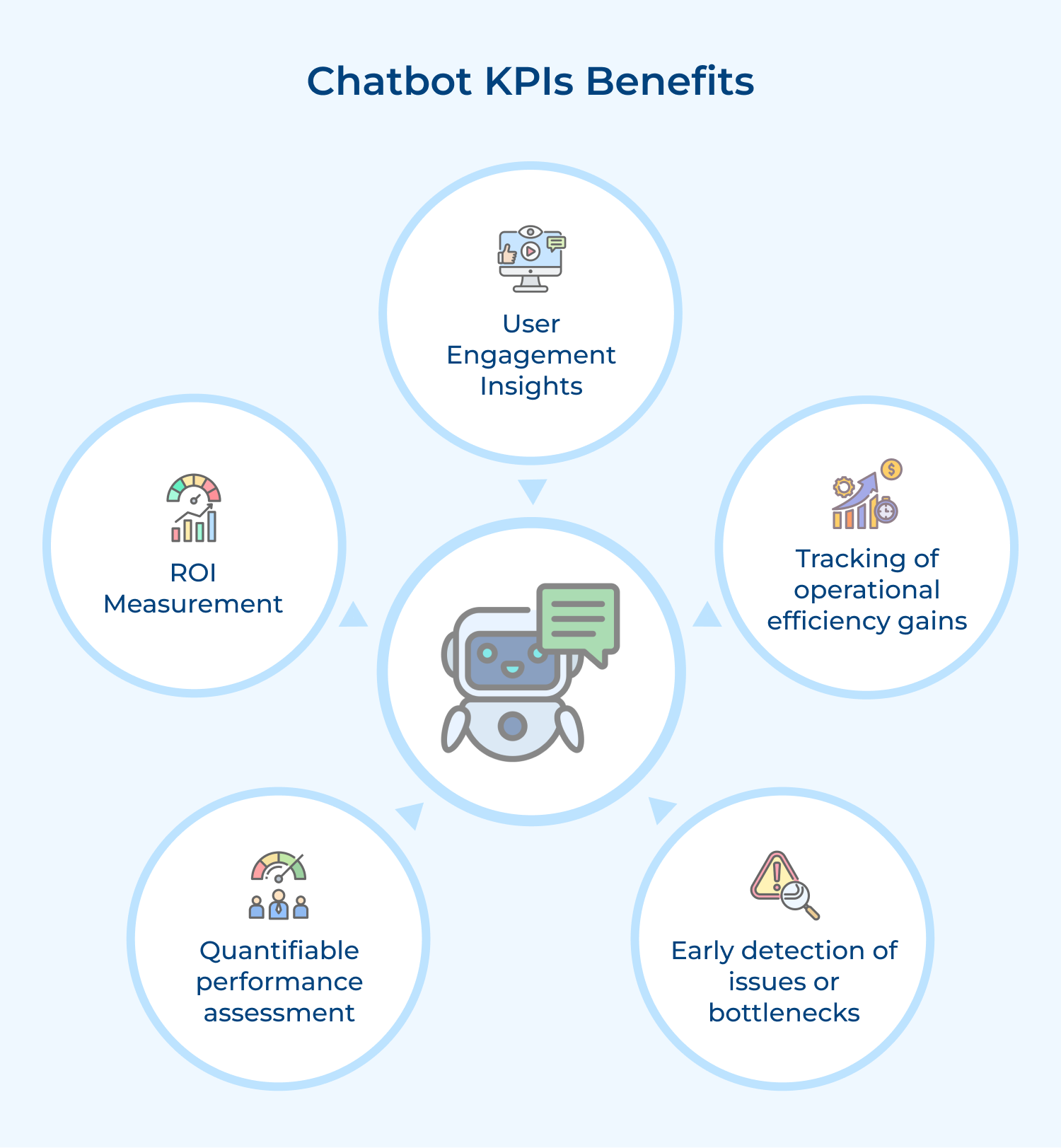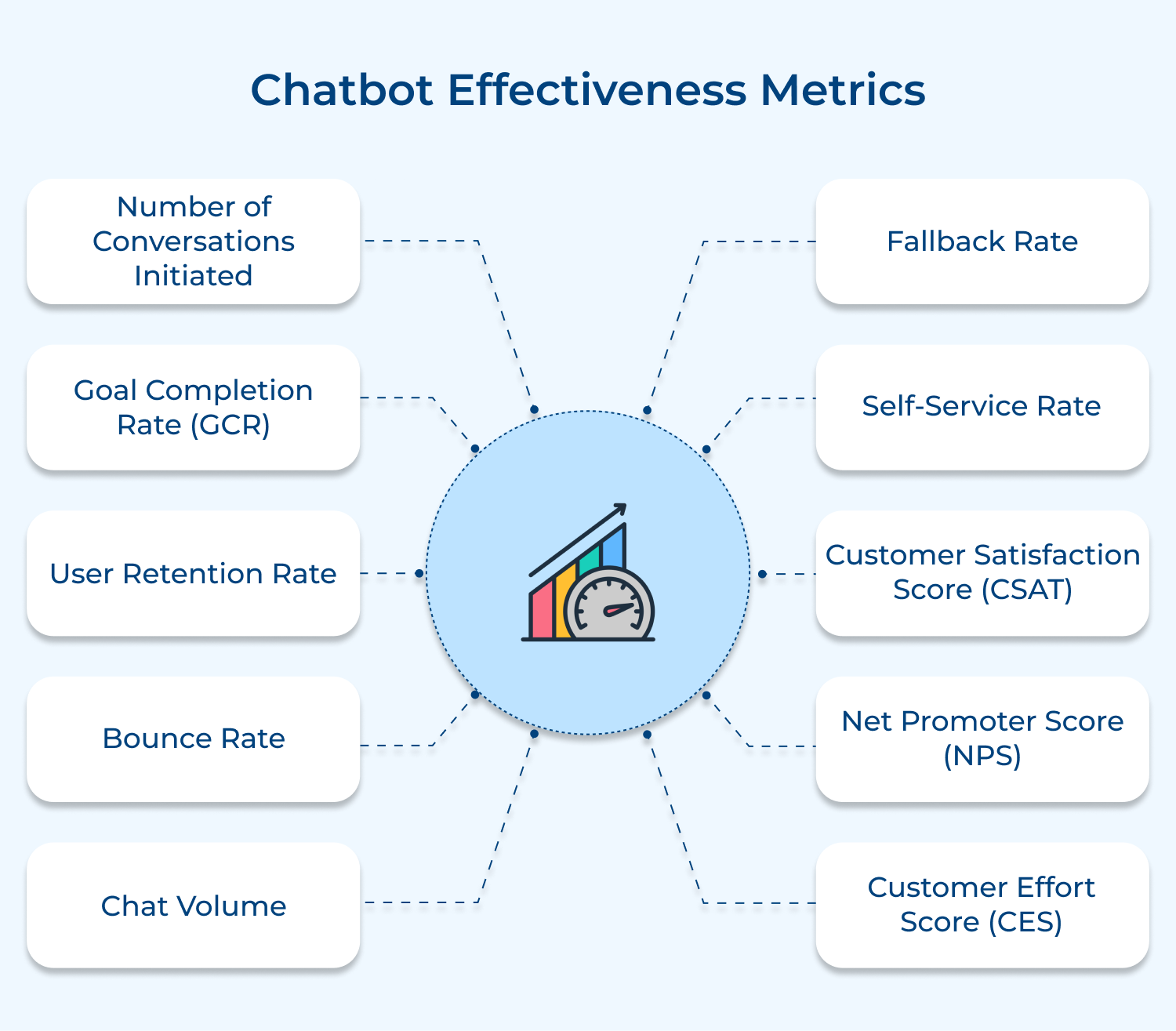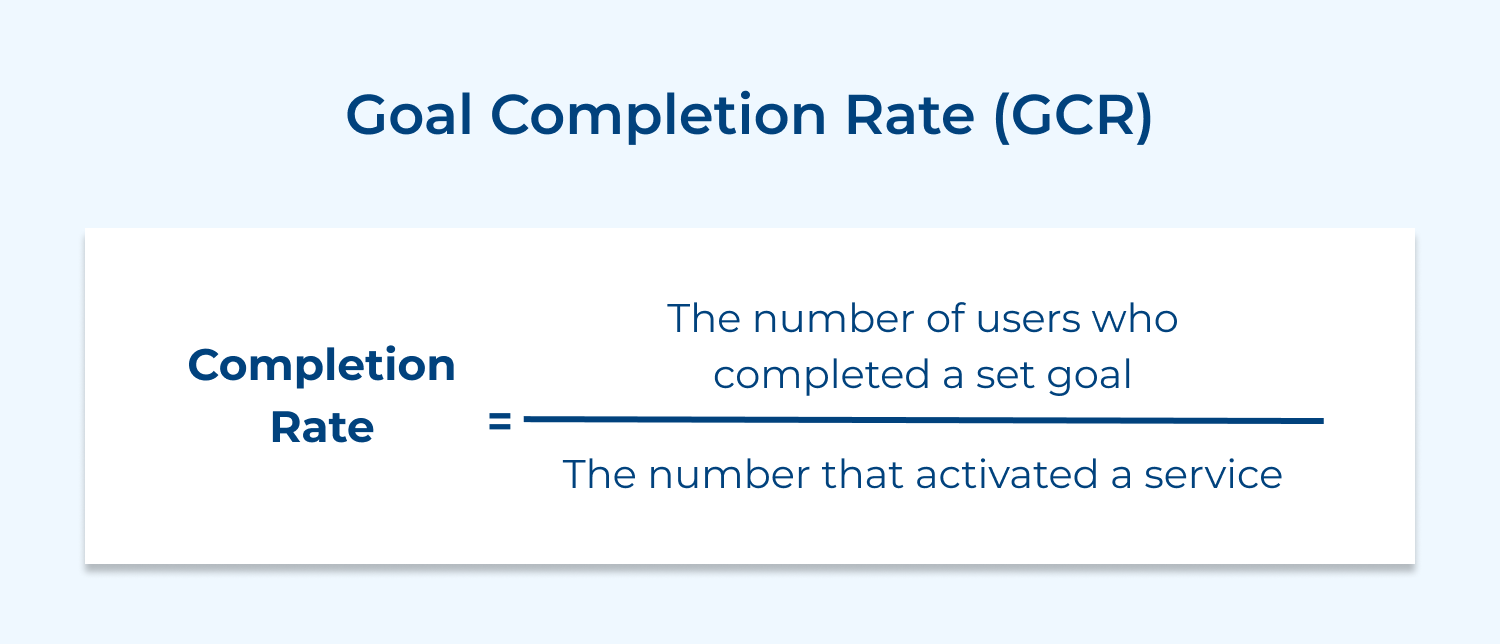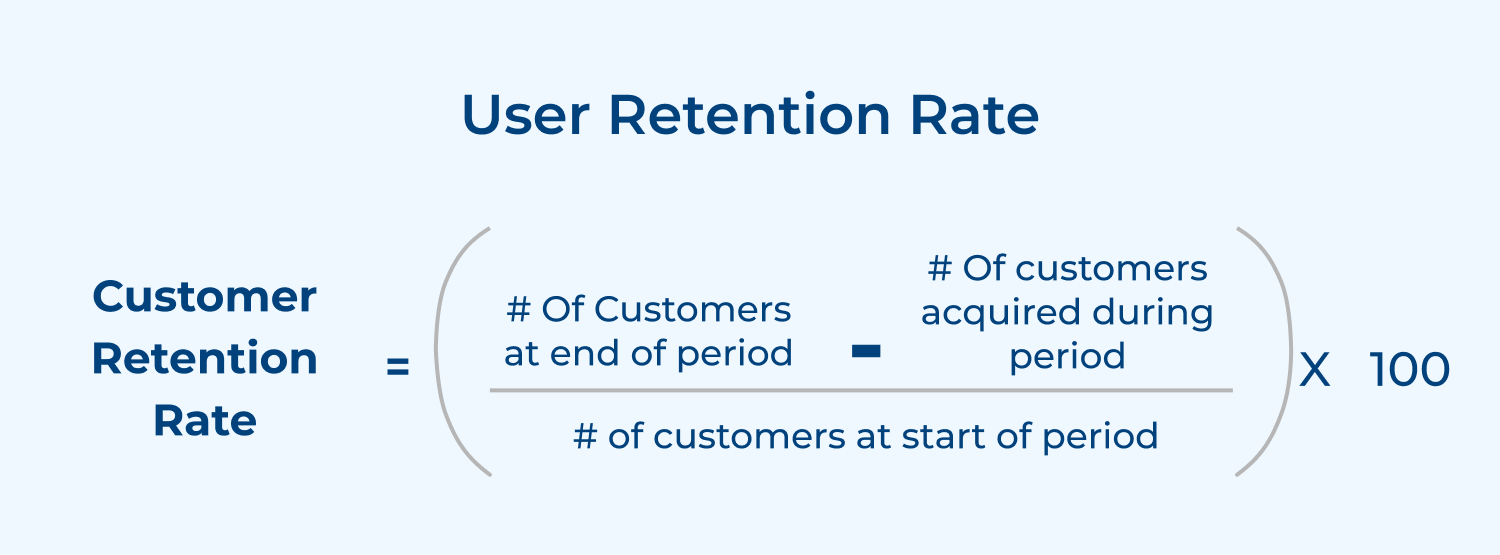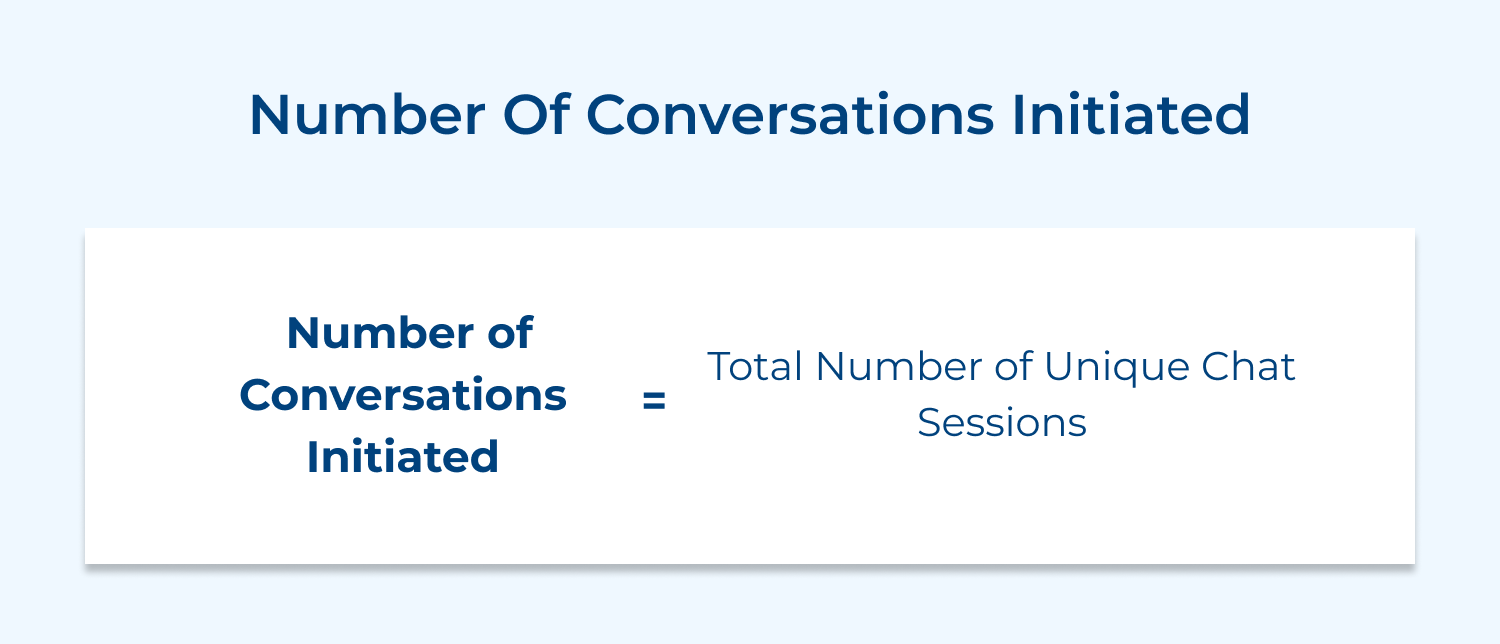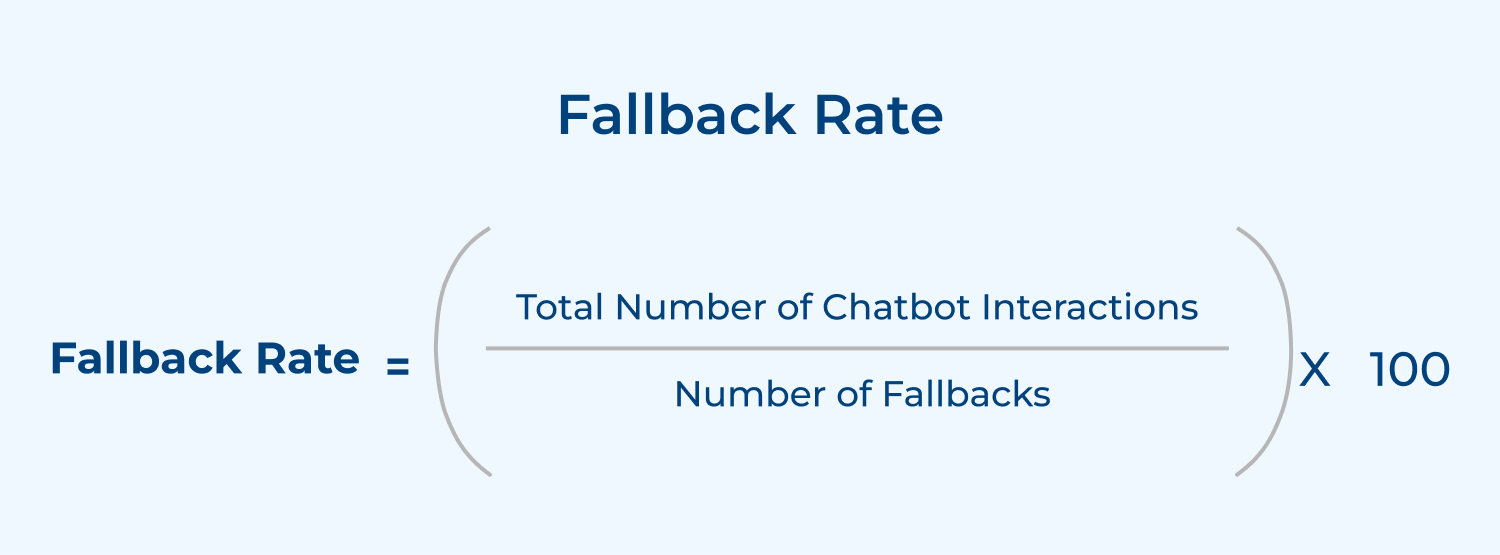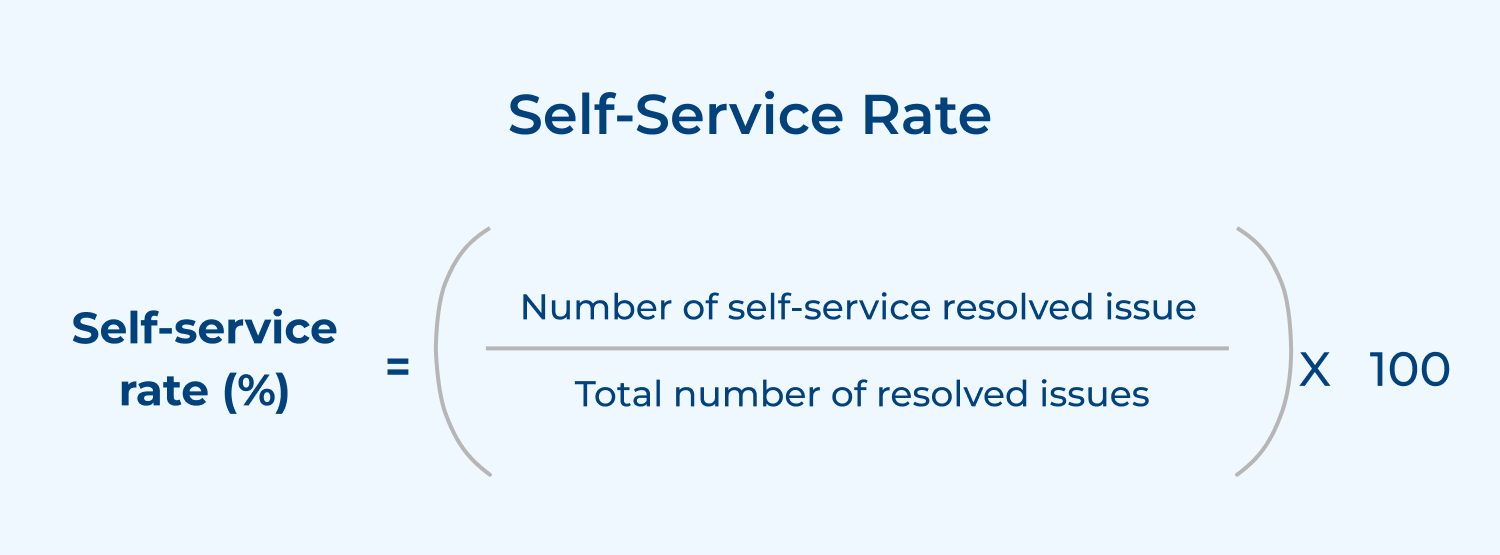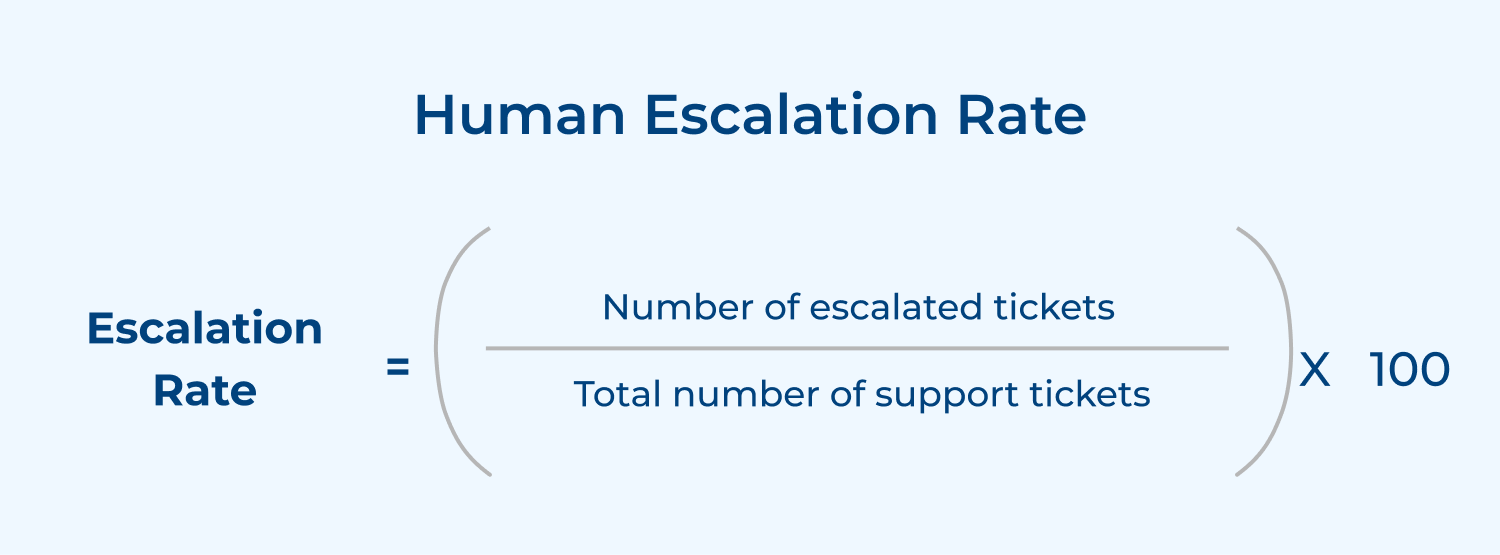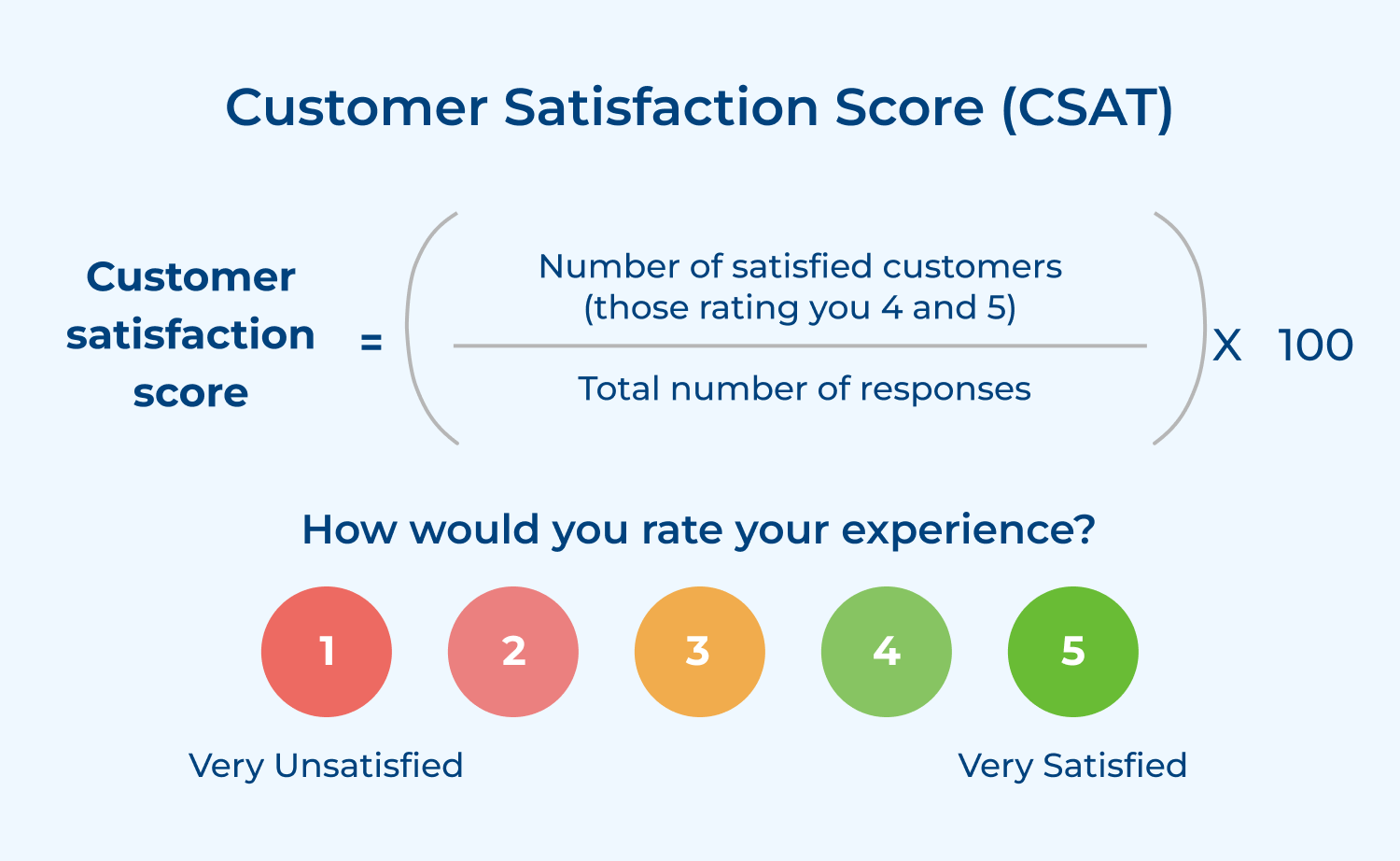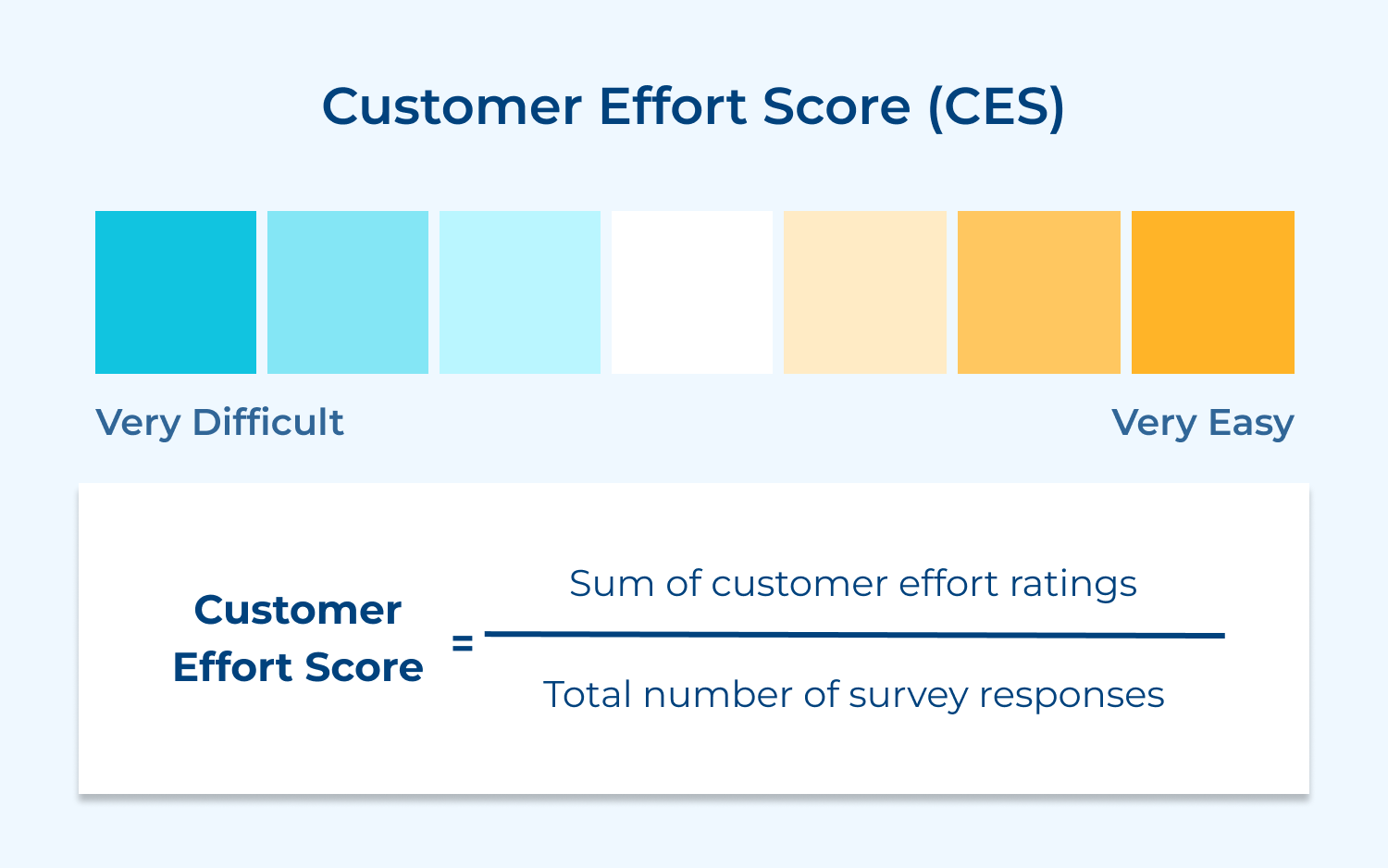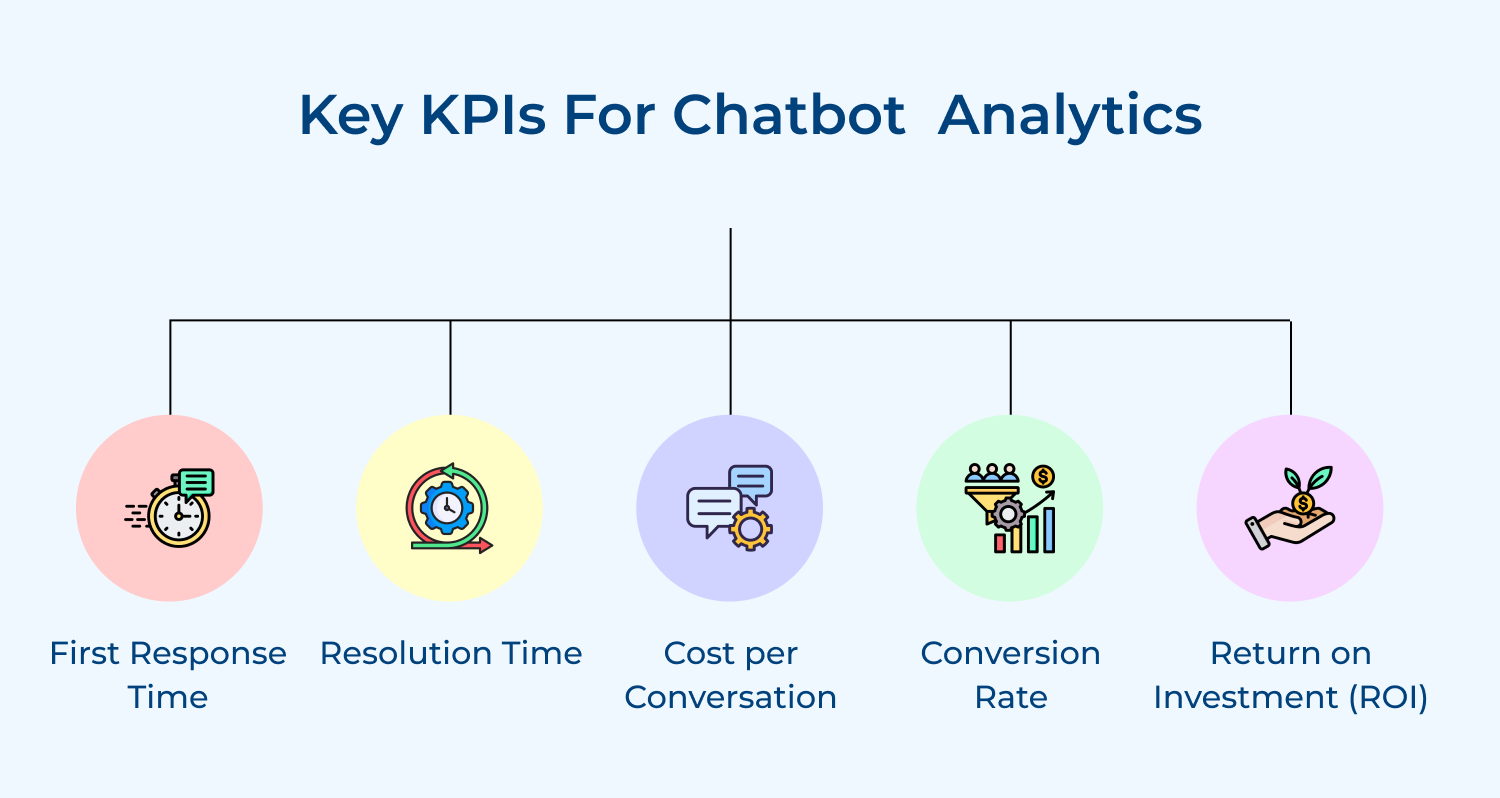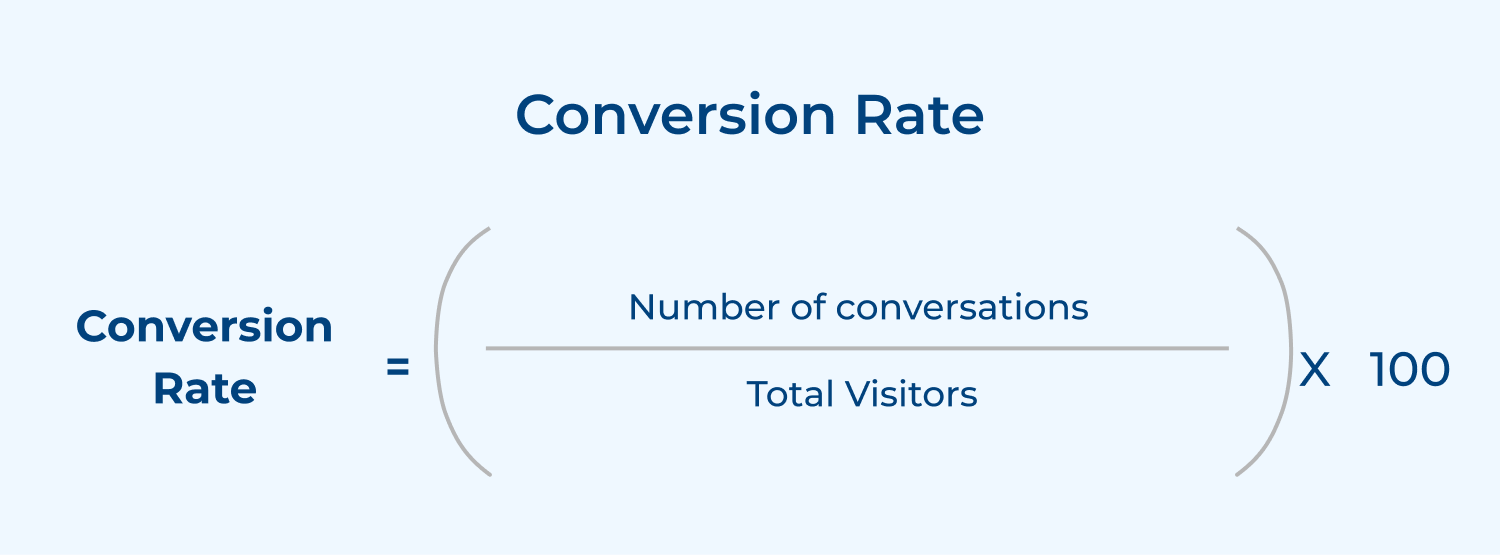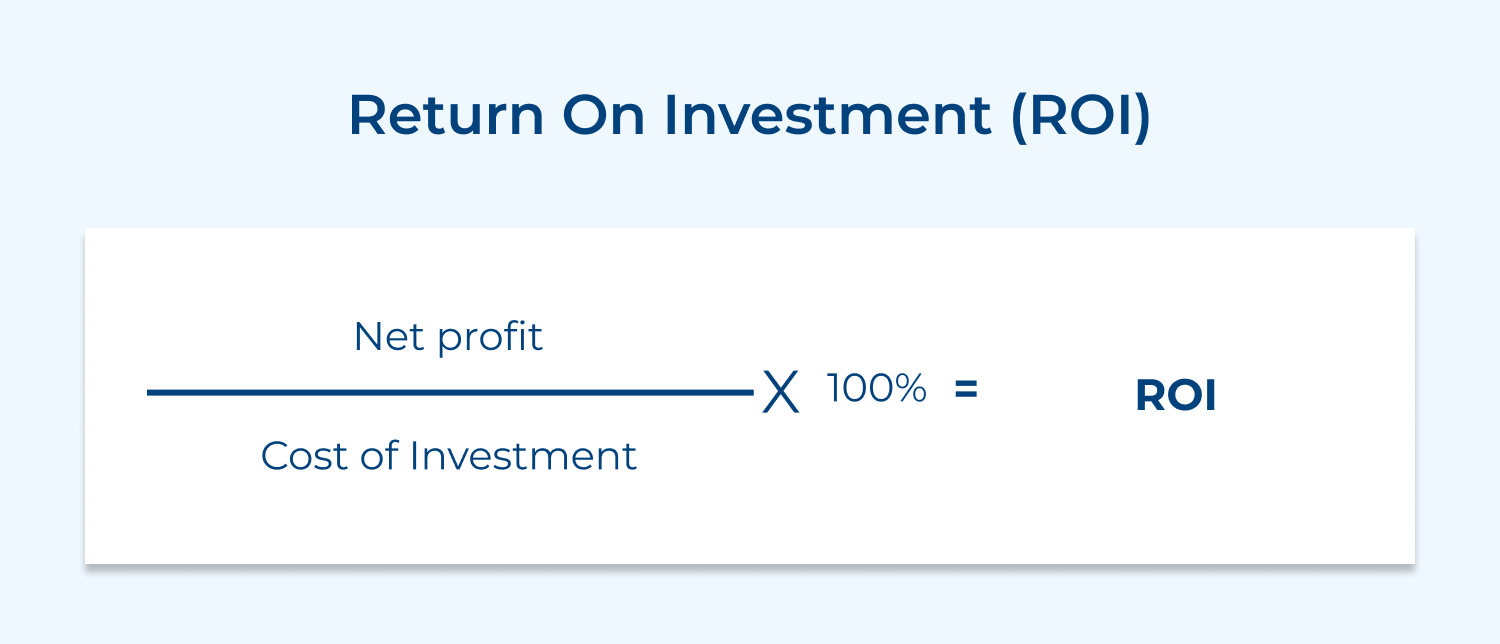1. Quantifying User Satisfaction
One of the primary challenges in measuring chatbot performance is quantifying user satisfaction. Traditional metrics like task completion rates or response times don’t always reflect the nuanced nature of human-chatbot interactions. Users may complete a task but still feel frustrated with the experience.
Solution:
- Implement a multi-faceted approach to measuring satisfaction. Combine quantitative metrics (such as Net Promoter Score or Customer Satisfaction Score) with qualitative feedback.
- Use post-interaction surveys that ask specific questions about the user’s experience, including ease of use, clarity of information and overall satisfaction.
- Employ sentiment analysis on chat transcripts to gauge user emotions throughout the conversation.
2. Handling Ambiguous or Complex Queries
Chatbots often struggle with ambiguous or complex queries, making it challenging to measure their effectiveness in handling these situations.
Solution:
- Develop a tiered performance measurement system that categorizes queries based on complexity. For simple queries, focus on metrics like accuracy. For complex queries, evaluate the chatbot’s ability to break down complex problems and escalate to human agents.
- Implement a system to track how often the chatbot successfully handles complex queries versus how often it needs to transfer to a human agent.
3. Assessing Conversation Quality
While it’s relatively easy to measure quantitative metrics like response time or number of interactions, assessing the quality of conversations is more challenging.
Solution:
- Use natural language processing techniques to analyze conversation transcripts.
- Look for indicators of quality such as coherence, relevance of responses and appropriate use of context.
- Develop a rubric for human evaluators to assess conversation quality on factors like naturalness, empathy and problem-solving ability.
- Regularly conduct random samplings of conversations for human review to ensure ongoing quality assessment.
4. Multilingual and Cultural Considerations
For chatbots serving diverse user bases, performance can vary significantly across languages and cultures, making standardized measurement challenging.
Solution:
- Develop language and culture-specific benchmarks for evaluation criteria.
- Work with native speakers as well as cultural experts to ensure that performance metrics account for linguistic nuances and cultural expectations.
- Implement separate performance tracking for each language and cultural context, allowing for targeted improvements in specific areas.
5. Collecting Meaningful User Feedback
Users often don’t provide detailed feedback about their chatbot interactions, making it difficult to gather insights for improvement.
Solution:
- Design user-friendly feedback mechanisms that are seamlessly integrated into the chat interface.
- Use intelligent prompts to ask for specific feedback based on the nature of the interaction. For example, if a user abandons a conversation midway, trigger a quick survey to understand why.
- Implement gamification elements to encourage users to provide more detailed feedback, such as offering rewards or points for comprehensive reviews.
Unlocking Business Potential with Chatbot Analytics
Tracking chatbot KPIs and metrics is essential for evaluating the effectiveness of chatbot implementations. These performance indicators provide insights into response accuracy, user satisfaction and operational efficiency, which are crucial for assessing whether the chatbot meets its intended goals.
Businesses can leverage chatbot KPIs to enhance profitability by improving customer service and reducing operational costs. By optimizing response times, businesses can increase user satisfaction and engagement, leading to higher conversion rates and customer retention.

